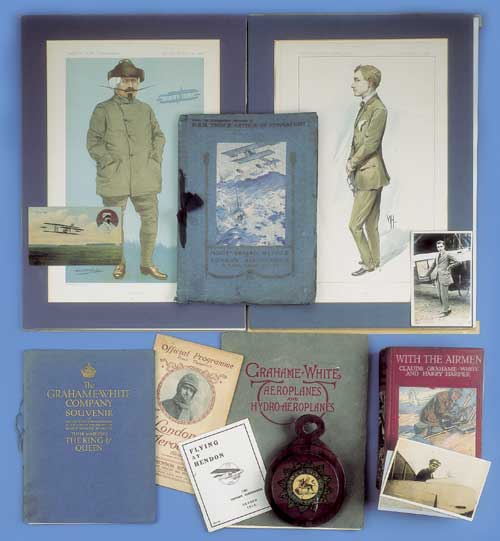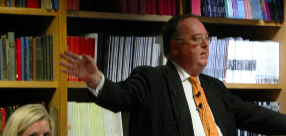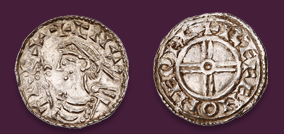
Auction: 4020 - Orders, Decorations, Campaign Medals & Militaria
Lot: 61
Mementoes of Claude Grahame-White A maker's decal from the propeller-blade of a Grahame-White aeroplane; an Official Programme for the Third Hendon Meeting on 16th and 17th August 1913: 24 pages, 8 in. x 5 in., containing an article on Edouard Baumann, a tribute to Samuel Cody, with photographs of him and his aircraft, details of aviators participating in the meeting, advertisements etc; a 16-page brochure, 41/4 in. x 51/2 in., entitled FLYING AT HENDON, giving details of the 1913 Fixture List and other information; two unstamped postcards from the "Flying at Hendon" series, depicting respectively Louis Noel and Claude Grahame-White; a copy of Grahame-White's "AEROPLANES AND HYDRO-AEROPLANES" dated 1913, containing a description of the Grahame-White Co. and its products, with illustrations and scale drawings of three aeroplanes (The "Military" Biplane, Type VI, the "Popular" Biplane, Type VII, and the Hydro-Biplane, Type VIII) and photographs of the Monoplane Type IX; and WITH THE AIRMEN by Claude Grahame-White and Harry Harper, published by Hodder and Stoughton, 283 pages, illustrated, giving an informal account of progress in aviation up to circa 1911-1912 (7) Estimate £ 250-300 Claude Grahame-White, originally a car-manufacturer, was inspired to take up flying in 1909 by Blériot's cross-Channel exploit. He attended the Rheims aviation meeting and ordered a Blériot monoplane. Having helped with its manufacture, he took off and flew it solo without any dual instruction.
In April 1910, he was narrowly beaten by the Frenchman Paulhan in the London to Manchester race, despite at one point flying in darkness, something then almost unheard of. With his enthusiasm, charm and good looks, he rapidly became idolized, and in September 1910 was invited to compete in the Harvard-Boston air meeting, where he swept the board, before going on to win the 1910 Gordon Bennett prize for speed over a 100-kilometre course at Belmont Park in November, using a Blériot aircraft with a 100HP engine (four times as powerful as the one used by Blériot for his channel crossing).
Grahame-White subsequently became an aircraft designer and manufacturer. Although none of his own aircraft designs were accepted for military service, his factory was extremely productive in World War I.
Sold for
£200




